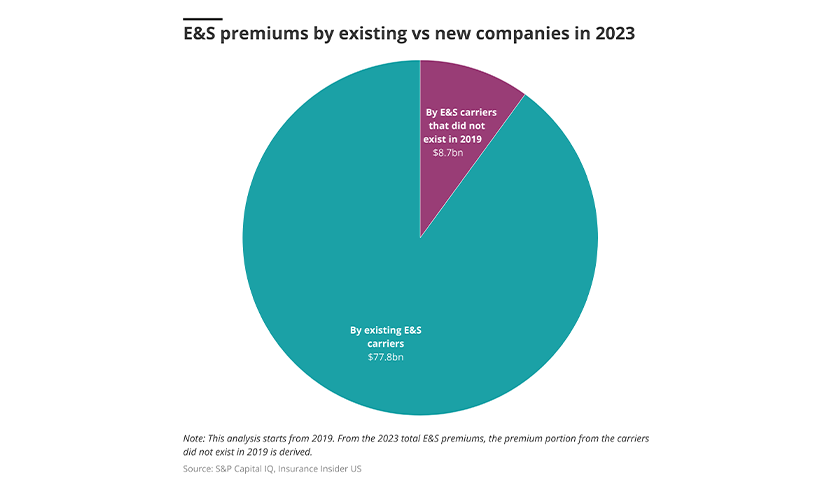
Last week, we attended the Wholesale & Specialty Insurance Association’s (WSIA) Annual Marketplace in San Diego, featuring nearly 8,000 attendees.

Last week, we attended the Wholesale & Specialty Insurance Association’s (WSIA) Annual Marketplace in San Diego, featuring nearly 8,000 attendees.